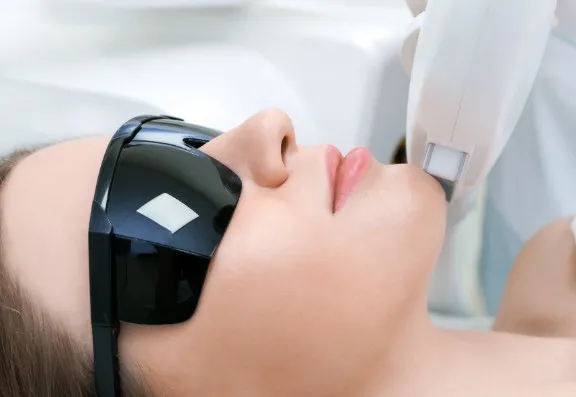Petrina Nugawela, senior aesthetic nurse practitioner (MBA Clinics) and international trainer ambassador for Lumenis, answers questions about hormones and hair.
How do hormones impact hair growth?
Hair is something deeply personal, and experiencing unwanted hair growth or not enough hair growth in certain areas can have a genuine impact on a person’s wellbeing. Unfortunately, when going through menopause, often, both changes need to be addressed. Due to fluctuating oestrogen and testosterone levels, increased facial hair growth can occur. As the production of oestrogen diminishes, it causes an imbalance, so as testosterone becomes more present it strengthens the hair follicles.
What type of hair growth do women get when going through menopause?
Facial hair is a common symptom of menopause, particularly in the chin area. If you are a woman who has not experienced facial hair in your 20s due to hormones, ethnicity, PCOS or other medical conditions, it usually starts with a stray hair that catches your attention. A typical initial reaction is to pluck it until it slowly increases, and you find yourself having to pluck or shave more frequently. As for why some people experience one or two strands while others have fuller hair growth, depends on hormonal fluctuation, genetics and ethnicity. For instance, a person of colour is more likely to have faster-growing, coarse hair compared to a Caucasian person going through similar changes.
What is the impact of unwanted hair during menopause on patients?
Unwanted facial hair can have a huge impact on individuals, and it’s common to experience an emotional toll from having to constantly manage unwanted hair growth. We see this manifest in multiple ways, whether it’s feeling more anxious in social situations and personal relationships or continually checking/touching the affected area, which often results in the skin becoming sore and stressed due to constant plucking and shaving.

